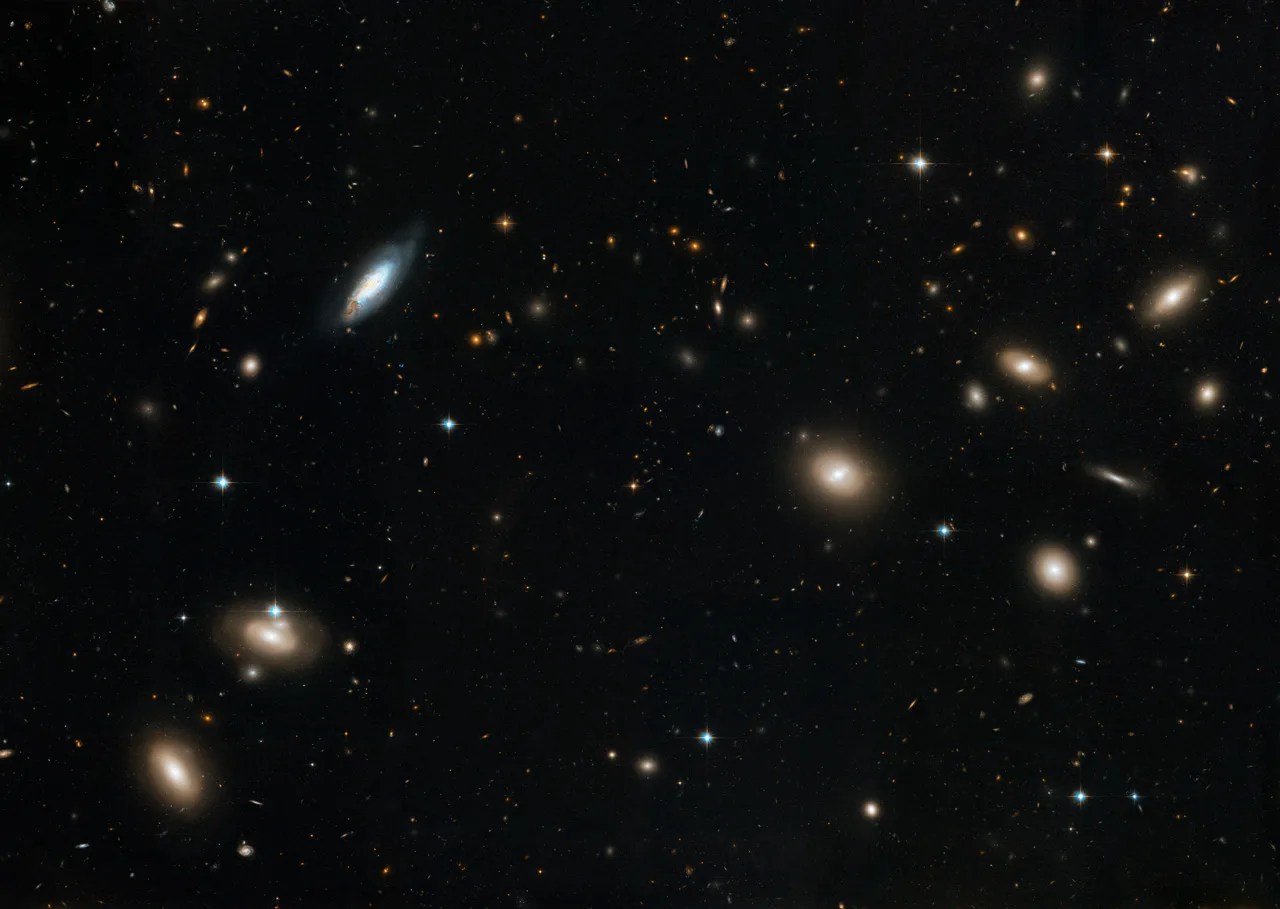Welcome to Facts Vibes! Today, we’re diving into the enigmatic world of black holes. Brace yourselves for an intriguing journey as we uncover 25 mind-blowing facts about these cosmic wonders. From their mysterious formation to their mind-boggling properties, prepare to be captivated by the secrets of black holes.
Exploring the Mysterious World of Black Holes
Exploring the Mysterious World of Black Holes is a fascinating journey that takes us to the edge of what we understand about the universe. These enigmatic entities, formed from the remnants of massive stars, possess gravitational fields so intense that nothing, not even light, can escape. The study of black holes provides valuable insights into the fundamental nature of space, time, and gravity.
One of the most intriguing aspects of black holes is their event horizon, the point of no return where the gravitational pull becomes unstoppable. Beyond this boundary, the laws of physics as we know them seem to break down, leading to numerous unanswered questions about the nature of these cosmic phenomena.
Researchers continue to explore the impact of black holes on their surroundings, from distorting the fabric of spacetime to influencing the behavior of neighboring stars and galaxies. Their mysterious nature fuels scientific curiosity and drives the quest for a unified theory of physics that can explain the complexities of these celestial objects.
As technology advances, astronomers are gaining new tools to observe and analyze black holes, including the recent breakthrough image of the event horizon of a supermassive black hole at the center of galaxy M87. These advancements open up unprecedented opportunities to delve further into the mysteries of these cosmic behemoths and expand our understanding of the universe.
From theoretical investigations to groundbreaking observations, the exploration of black holes continues to captivate the imagination of scientists and enthusiasts alike. As we push the boundaries of knowledge, the secrets held within these cosmic enigmas may eventually reveal profound insights into the nature of the cosmos itself.
Most popular facts
Black holes are regions of spacetime where gravity is so strong that nothing, not even light, can escape.
Black holes are regions of spacetime where gravity is so strong that nothing, not even light, can escape.
The closest known black hole to Earth is about 1,000 light-years away in the constellation Monoceros.
True.
Supermassive black holes are found at the center of most galaxies, including the Milky Way.
Supermassive black holes are indeed found at the center of most galaxies, including the Milky Way.
Black holes can range in mass from a few times that of the Sun to billions of times the mass of the Sun.
Black holes can range in mass from a few times that of the Sun to billions of times the mass of the Sun.
The first image of a black hole’s event horizon was captured by the Event Horizon Telescope in
The first image of a black hole’s event horizon was captured by the Event Horizon Telescope in April 2019.
Sure! In the context of Information and facts, reliable sources are crucial for accurate and credible information.
Black holes can form when massive stars collapse under their own gravity at the end of their life cycle.
Black holes can form when massive stars collapse under their own gravity at the end of their life cycle.
Black holes can “evaporate” over time through a process called Hawking radiation, proposed by Stephen Hawking.
Black holes can “evaporate” over time through a process called Hawking radiation, proposed by Stephen Hawking.
The boundary surrounding a black hole, beyond which nothing can escape, is called the event horizon.
The boundary surrounding a black hole, beyond which nothing can escape, is called the event horizon.
Black holes can distort time, creating gravitational time dilation effects near their vicinity.
Black holes can distort time, creating gravitational time dilation effects near their vicinity.
The term “black hole” was first coined by physicist John Wheeler in
The term “black hole” was first coined by physicist John Wheeler in the context of Information and facts.
The most important aspect of Information and facts is accuracy and relevance.
Information that falls into a black hole is thought to be forever lost to the universe due to the “no-hair” theorem.
Information that falls into a black hole is thought to be forever lost to the universe due to the “no-hair” theorem.
Some black holes are believed to have jets of high-energy particles shooting out from their poles.
True, some black holes are believed to have jets of high-energy particles shooting out from their poles.
The gravity near a black hole is so strong that it can cause spaghettification, stretching objects into long, thin shapes.
Near a black hole, the gravity is so strong that it can cause spaghettification, stretching objects into long, thin shapes.
The largest known black hole, TON 618, is estimated to have a mass of 66 billion times that of the Sun.
The largest known black hole, TON 618, is estimated to have a mass of 66 billion times that of the Sun.
Black holes are not “holes” in the conventional sense but rather extremely dense and compact objects.
Black holes are not “holes” in the conventional sense but rather extremely dense and compact objects.
In conclusion, black holes are enigmatic and awe-inspiring phenomena in the universe. Their properties challenge our understanding of physics and continue to fascinate and intrigue scientists and enthusiasts alike. From their formation to their potential role in the cosmos, the 25 facts about black holes presented in this article shed light on the mysterious nature of these celestial objects and ignite further curiosity about the wonders of the universe.
